Real estate investing is a numbers game and one such number that a real estate investor who is into flipping properties needs to determine before buying a property is the ARV. In this post, I’ll show to you how to compute for ARV.
What is ARV?
ARV can mean Approximate Retail Value, After Rehab Value, but the common term often used is After Repair Value.
ARV is the market value of a property after it has been repaired and is already in Ready For Occupancy(RFO) condition.
Isn’t ARV the same as Market Value?

I believe market value is technically the same as ARV except that ARV refers to a future market value (after the property has been repaired).
Market Value on the other hand is the value of a property at its present condition or the “as-is” value. In my opinion, this “as-is” market value is synonymous to a property’s appraised value.
The obvious difference between the “as-is” market value and ARV is the added gain in value due to the repairs, if any.
When to use ARV
I find ARV to be quite useful when trying to determine how much one can increase the market value of a property by simply repairing it, provided a property’s value has declined due to deterioration, lack of maintenance, etc. This is very applicable to foreclosed properties where a lot are in dire need of repair, which is good because this helps lower their selling price, well, most of the time.
By repairing a property, an investor can bring back a property’s value to it’s full market value, which is the ARV. However, the repair cost and the selling price of a property needs to be considered to determine if a profit can really be made because if the selling price or the repair cost or both are too high, this can translate to zero profit.
Sometimes, you will notice the selling price of a foreclosed property is really cheap compared to the ARV and you can get a significant profit even if you don’t do any repairs and sell it as is. This happened to one property we purchased where the ARV was so much higher compared to the cheap selling price, and we flipped it successfully without any repairs/construction*.
*-I mentioned construction because we also had plans to do a “build and sell” for this property but we cancelled that project because we had to move to another city to be near our son’s school at that time.
Anyway, as you can see, computing for the ARV is essential because not all foreclosed properties are cheaper but it makes it easy to spot those that really are below market value.
How to compute for ARV
Based on my definition above that ARV is just the future market value of a property after it has been repaired, then one can simply use the same approaches I talked about in my post “How I estimate market values of foreclosed properties”, excluding the calculation for any depreciation of a property, more on this later.
As mentioned in my article on market values, we can use the market approach and the cost approach. Income approach is more appropriate to multi-unit properties.
Market approach
1. Look for “comparable” houses that got recently sold in the immediate vicinity of the foreclosed property you are evaluating. They should be very similar in terms of lot area, floor area, number of bedrooms, number of toilets and bath, capacity of garage or parking slots, age of property, etc.
2. Ask around the vicinity, or you can get the telephone numbers of all the “for sale” signs that you see and for sure you will find a number of a broker that specializes in that vicinity who will know the current going rates in that area. The same tactic can and should be done online.
Added on September 16, 2010. If you only find sellers and their properties remain unsold, just ask them what is their absolute lowest selling price if you paid in cash, that would be your ARV. If you find sellers that say their properties are already sold, then ask for how much they got sold. If they tell the true selling price, this would be the most accurate ARV, provided the property is really very similar to the one you are evaluating.
For example, you were able to get the price of 3 comparable properties that got sold within the vicinity of the foreclosed property you’re evaluating and their average price is Php2.5M, then Php2.5M is your ARV.
If you found sellers and the absolute lowest price you got from them was Php2.6M, then that would be your ARV, although it’s possible they have overpriced it a bit which would help explain if the property has been unsold for months.
What if the closest comparable property is still quite different, for example, the lot area is bigger by more than 10% or the comparable property has a corner lot, etc.?
In these cases, you will have to compensate. In the example above, you can subtract the cost for the discrepancy in lot area(just get the going rates for lots per square meter and multiply by the difference), and you can also subtract the premium for corner lots (a broker that specializes in that area can help you with this).
Replacement Cost approach
1. Determine the average price per square meter of lots in the same vicinity of the foreclosed property you are evaluating.
2. Multiply the price per square meter you got above with the lot size of the property you are evaluating. The result is the approximate cost of the lot. For example, if a lot near a foreclosed property in Marikina has a price of Php5,000 per square meter, then the approximate cost of the lot of a foreclosed property that has a size of 300sqm would be about Php1,500,000 (300sqm x 5,000pesos/sqm)
3. The cost of the improvement is equal to the usable floor area multiplied by the current going rates for construction of improvements per square meter of floor area. I currently use a conservative construction cost of Php15,000 per sqm of floor area. For example, if a house has a usable floor area of 100sqm, then the cost for the improvement is about Php1,500,000 (100sqm x 15,000p/sqm)
4. Add the cost of the lot and the improvement to get the total cost. Following our examples above, the total cost shall be Php3,000,000 (Php1,500,000 + Php1,500,000).
Using the cost approach, the ARV is Php3,000.000. We no longer needed to compute for any depreciation cost as we are looking for the cost for the house and lot in brand new condition, not its “as-is” condition.
The cost approach obviously has it’s limitations. You can only apply this approach to house and lots and vacant lots. I believe it would not be an accurate tool for condos or buildings, etc.
Which ARV should I use?
A prudent real estate investor should of course use the lower ARV which is based on the market approach in this example. At this point, if you can see that the ARV is smaller then the selling price of the foreclosed property and the estimated repair costs combined, then that property is obviously not a good deal.
A promising property should have enough room for profit even if you consider holding costs.
What next?
The ARV is just one of the numbers one has to get when “doing the numbers” and due diligence. You will need the ARV to calculate for your Maximum Allowable Offer or MAO, which is basically the maximum price you can pay for a property that will still allow you to achieve you target profit. MAO will be discussed next.
Happy investing!
To our success and financial freedom!
Jay Castillo
Real Estate Investor
PRC Real Estate Broker License #: 3194
Blog: https://www.foreclosurephilippines.com
Follow me in Twitter:http://twitter.com/jay_castillo
Find us in Facebook:Foreclosure Philippines facebook page
Text by Jay Castillo and Cherry Castillo. Copyright © 2010 All rights reserved.
PS. Are you a new visitor? Click here NOW to start learning more about foreclosure investing in the Philippines
PPS. Don’t be the last to know, subscribe to e-mail alerts and get notified of new listings of bank foreclosed properties, public auction schedules, and real estate investing tips.


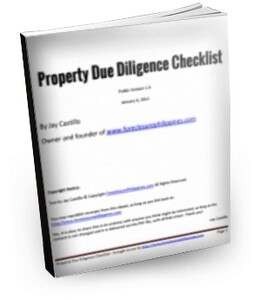
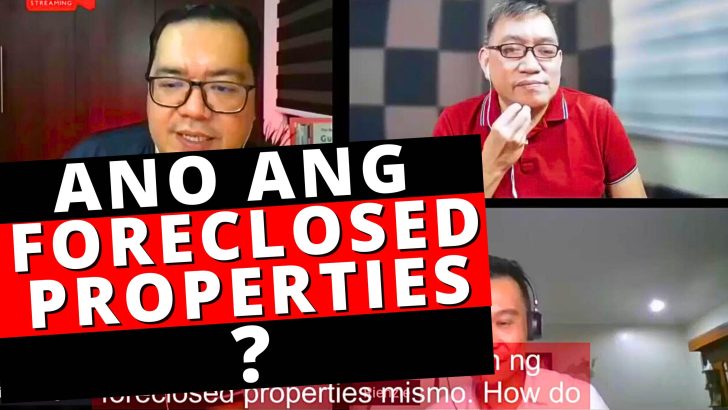
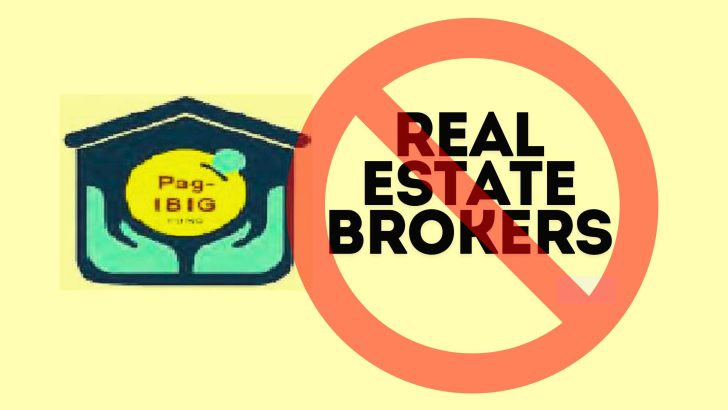
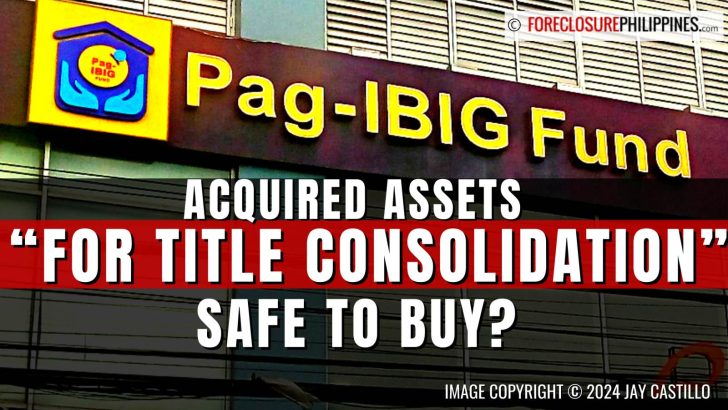
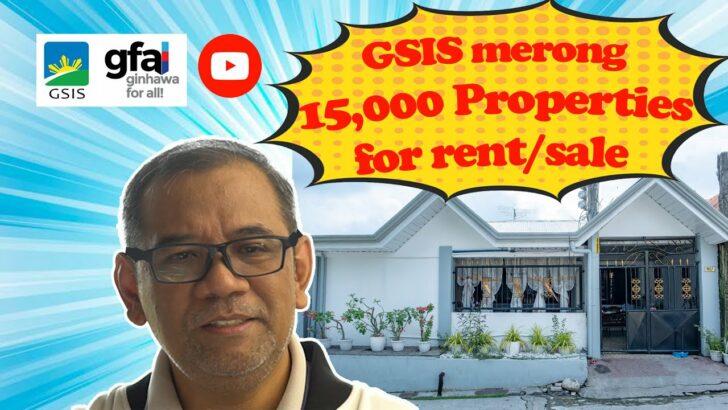
![Why invest in foreclosed properties in the Philippines? + Top things to consider [Video] 6 Why invest in foreclosed properties in the Philippines? + Top things to consider [Video]](https://www.foreclosurephilippines.com/wp-content/uploads/2023/03/video-how-to-invest-in-foreclosed-properties-in-the-philippines-v3-728x410.jpg)

Hi Jay, for condo units how do you determine the ARV?
1. Can I use the developers original selling price?
2. Can I use the same selling price existing if there is another exact same building/tower being built beside it?
3. Ask how much the selling price of unit owners?
Thanks!
Very clear and up to the point! Thanks for this Jay!
Hey Jay!
Thank for this post again. I love the way you explained the ‘slight’ difference between ARV and market value. Are there only two ways to determine the ARV (i.e. market approach and cost approach)? I can’t remember where, but I vaguely remember an author (Trace Trajano or Larry Gamboa?) enumerating three ways to do it, but focused only on explaining these two that you mentioned here. I just can’t remember what the third way is.:) Maybe there’s only two and sorry for that. 🙂
Cheers bro!
Bryan Uy
Hi Bryan,
I thanks for the comment! The third way is the income approach where the value of a property is based on the income the property generates, but that approach is more accurate with multi-unit properties. Cheers!
Great article Jay! Would definitely be useful to me, I was always curious about how I would be able to determine the price of a foreclosed real estate and if it’s a good buy.
Thanks a lot Tim for the compliment and for dropping by! Actually I forgot to mention one thing in this article, that the comparable properties that are for sale in the same area can actually be one’s competitors so their absolute lowest selling price can also be the basis for the ARV, although I mentioned this in my article about market values. Cheers!